I would think it would be hard to get cocci if the duckling hasn’t been outside. But maybe we can bring it in on our shoes? I need to read up on it.
Navigation
Install the app
How to install the app on iOS
Follow along with the video below to see how to install our site as a web app on your home screen.
Note: This feature may not be available in some browsers.
More options
You are using an out of date browser. It may not display this or other websites correctly.
You should upgrade or use an alternative browser.
You should upgrade or use an alternative browser.
Sick Duck?
- Thread starter Jay-Drizzle-Doodle
- Start date
It can be brought in on just about anything.But maybe we can bring it in on our shoes? I need to read up on it.
Welcomed to BYC, sorry your duckling is sick.I am not sure he would have worms;; he hasn't been outside at all
 As sick as you duckling looks I think it would be best to have a vet look at him.
As sick as you duckling looks I think it would be best to have a vet look at him.My female muscovy duck recently went through something similar. Unfortunately if he doesn't start eating you will have to force feed him. I would put him in a dog kennel or something similar that way you can monitor him.
https://www.teediddlydee.com/how-to-tube-feed-sick-ducks/
How to Tube Feed Sick Ducks

How to Tube Feed Sick Ducks
Last week I went out to feed the chickens and ducks like I always do, and noticed that my little Daisy Duck wasn’t around like she always is begging to be fed…
I wandered on over to the chicken coup and there she was struggling, and unable to get up. Her legs were paralyzed and she wasn’t able to stand. Her neck muscles and bill were also very unstable, and she wasn’t able to eat or drink. After some research on the internet, I suspected duck botulism, and began to gather the supplies I needed to get little Daisy well again.
When a duck is sick, they need to stay hydrated with food in their tummies so that their bodies have everything it needs to fight off the infection or sickness. This is where tube feeding comes into play! Once you get the hang of it, it’s actually very simple to tube feed ducks. Tube feeding is much quicker, and in my opinion, less stressful than trying to coax them to eat by hand.
The below pic was taken a day after I started tube feeding Daisy. She had already gained some use in one of her legs, but not the other one yet…which is why she is sitting so crooked in the pic. At this point, Daisy was able to start drinking on her own, but was still unable to eat, so I tube-fed her for about 3 days until she was able to feed herself again.

Tutorial:
Supplies:

1

2
Directions:
Prepping the Food:
You’ll need to make a ground-up formula to feed your duck through the tube. I use what I normally get at the feed store to feed my duck…
You can use pellets…

Or even dried meal worms.

Put a handful of food into a blender, add some water, and grind it up really well into a formula that has the consistency and look of chocolate milk. You don’t want it too lumpy or thick, or else it’ll clog the tube while feeding. (You can refrigerate any leftover formula for later, and then simply warm it up to room temp before feeding).


Getting the Syringe Ready:
To make sure my syringe glides easily, I pull it apart and dip the rubber tip into some cooking oil.


Then I put it back together and suck up some formula. I fed my large Pekin duck (they weigh 8-11lbs) 40ml for each feeding. If you have a smaller duck, you can feed 20-30ml. (You’ll feed your duck this amount 3x daily).
To avoid air bubbles, I first suck up a little more formula than needed…

…turn the syringe right-side up, pushing out any air pockets or bubbles…

…attach the catheter tube to the tip of the syringe….

…and push out the extra formula until you hit the amount that you want to feed (In my case 40ml).


I use a little bit more cooking oil for lubing up the tube, to help it slide down my duck’s throat easier.


Inserting the Tube Safely:
The easiest way to tube feed your duck by yourself is to straddle them.

Gently (but firmly) open their bill. They will probably fight you on this, but that’s OK.

Insert the tube down the right side of your duck’s throat (Their right side, not yours! ) to avoid inserting it down the airway. I insert the tube gently until I feel it stop (about 6 inches). After I insert the tube, I watch their abdomen to make sure they are breathing normal. Also, make sure not to cover their nostrils on the top of their bill, as this is the only way they can breath. If they are not breathing, the tube is down their airway and you must reinsert.

Honestly, I’ve never had trouble with inserting the tube down the wrong pipe, but there’s a first time for everything so I’m still always careful to make sure.
Here’s video I made showing how I tube fed my duck…
As you can see, my little Daisy Duck made a full recovery and is back to her happy (and sassy) little self!

How to Tube Feed Sick Ducks
Disclaimer:
I do not guarantee the same results by following my tutorial, as what I had with my sweet Daisy since I cannot diagnose your duck’s illness, nor can I perform the treatment for you to ensure all the steps were followed exactly. You will have to proceed at your own risk as I cannot not accept responsibility for anything that might wrong.
That being said, I am glad I did what I could to save her sweet life. She is very much alive and well because I tube fed her nourishment and kept her well hydrated while she was recovering from a very serious illness. I hope this helps someone else in the same situation.
Many hugs,
Tiffany xo
How to Tube Feed Sick Ducks
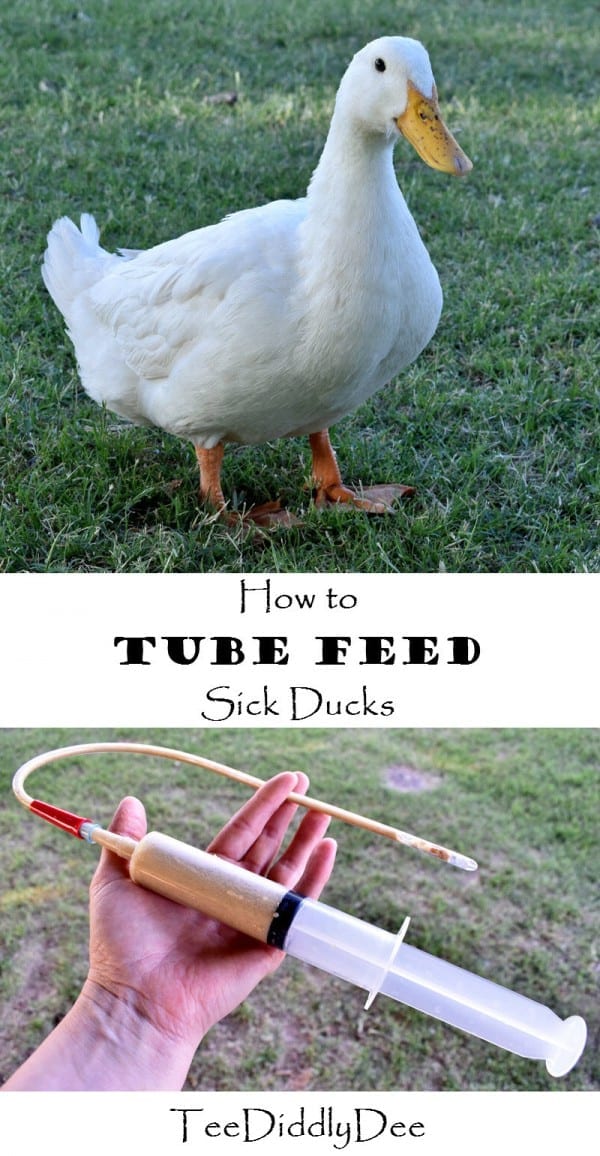
How to Tube Feed Sick Ducks
Last week I went out to feed the chickens and ducks like I always do, and noticed that my little Daisy Duck wasn’t around like she always is begging to be fed…
I wandered on over to the chicken coup and there she was struggling, and unable to get up. Her legs were paralyzed and she wasn’t able to stand. Her neck muscles and bill were also very unstable, and she wasn’t able to eat or drink. After some research on the internet, I suspected duck botulism, and began to gather the supplies I needed to get little Daisy well again.
When a duck is sick, they need to stay hydrated with food in their tummies so that their bodies have everything it needs to fight off the infection or sickness. This is where tube feeding comes into play! Once you get the hang of it, it’s actually very simple to tube feed ducks. Tube feeding is much quicker, and in my opinion, less stressful than trying to coax them to eat by hand.
The below pic was taken a day after I started tube feeding Daisy. She had already gained some use in one of her legs, but not the other one yet…which is why she is sitting so crooked in the pic. At this point, Daisy was able to start drinking on her own, but was still unable to eat, so I tube-fed her for about 3 days until she was able to feed herself again.

Tutorial:
Supplies:
- Straight Tip French Catheter at 16in in length (anywhere from size 18-30 gauge works great for ducks) You can purchase one from any local medical store or you can get one HERE.
- 60ml Irrigation Syringe with catheter tip. You can purchase one from any local medical store or you can get one HERE.
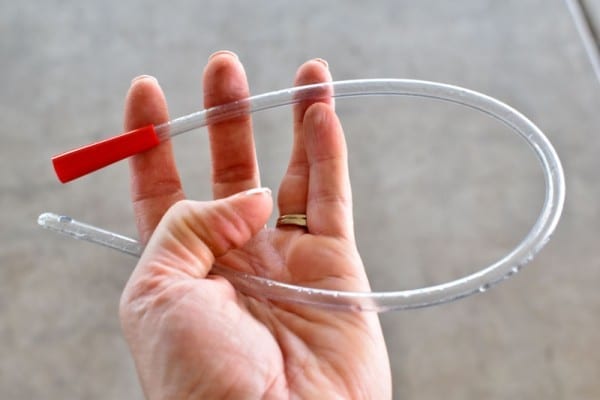
1
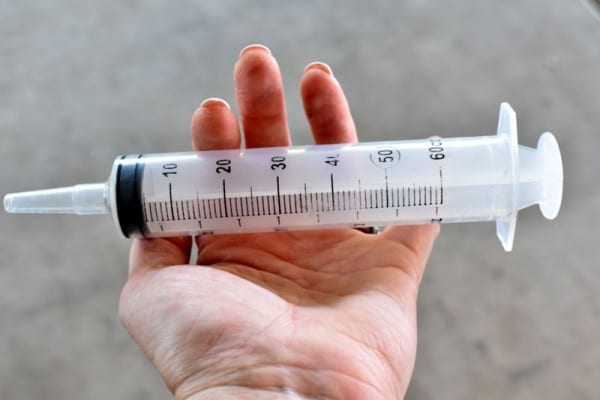
2
Directions:
Prepping the Food:
You’ll need to make a ground-up formula to feed your duck through the tube. I use what I normally get at the feed store to feed my duck…
You can use pellets…
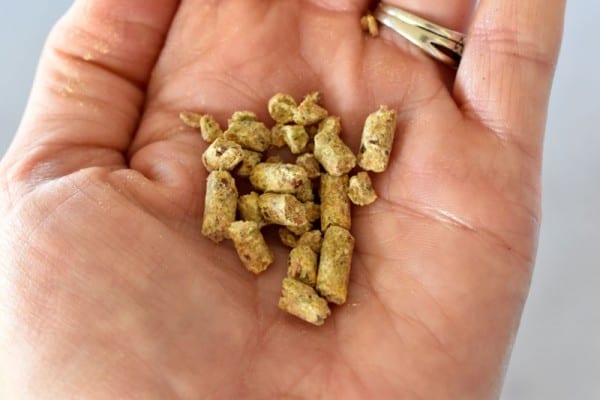
Or even dried meal worms.
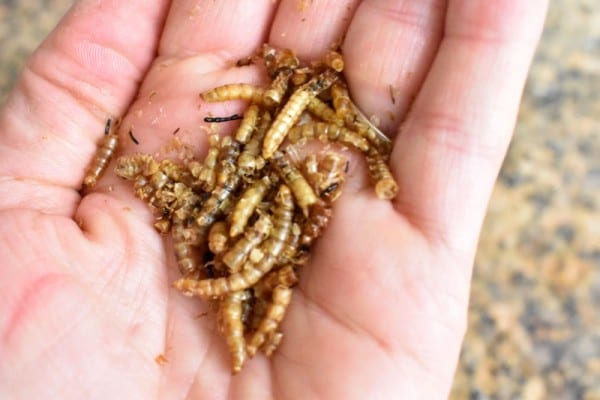
Put a handful of food into a blender, add some water, and grind it up really well into a formula that has the consistency and look of chocolate milk. You don’t want it too lumpy or thick, or else it’ll clog the tube while feeding. (You can refrigerate any leftover formula for later, and then simply warm it up to room temp before feeding).
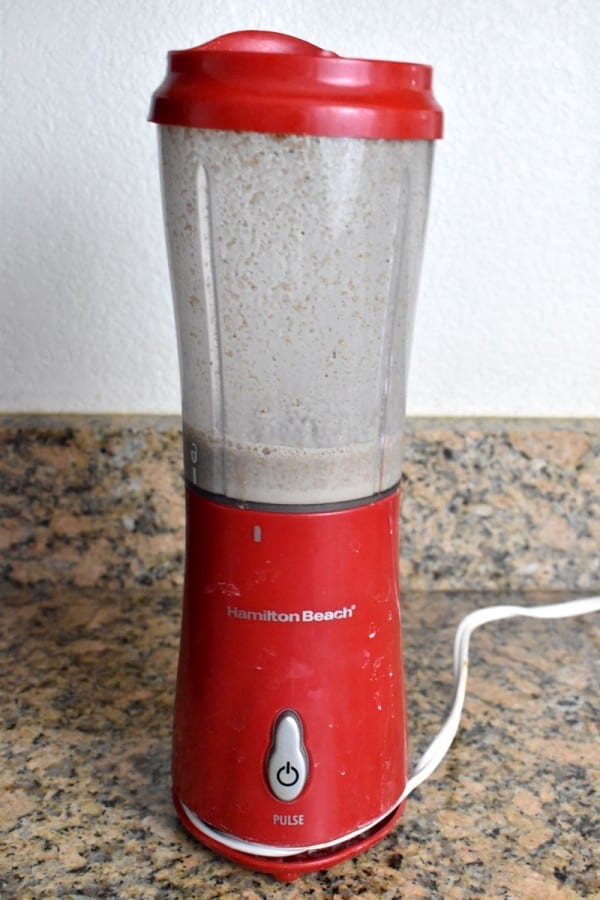

Getting the Syringe Ready:
To make sure my syringe glides easily, I pull it apart and dip the rubber tip into some cooking oil.

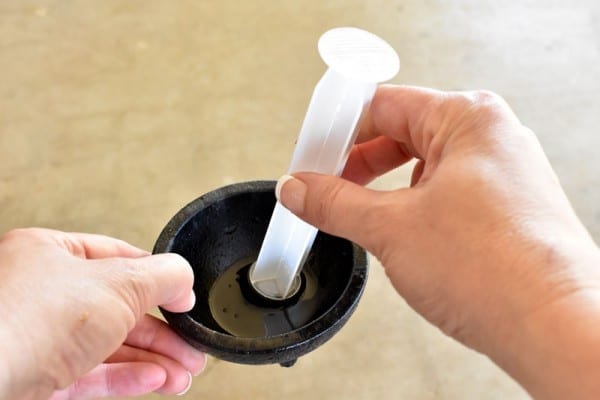
Then I put it back together and suck up some formula. I fed my large Pekin duck (they weigh 8-11lbs) 40ml for each feeding. If you have a smaller duck, you can feed 20-30ml. (You’ll feed your duck this amount 3x daily).
To avoid air bubbles, I first suck up a little more formula than needed…
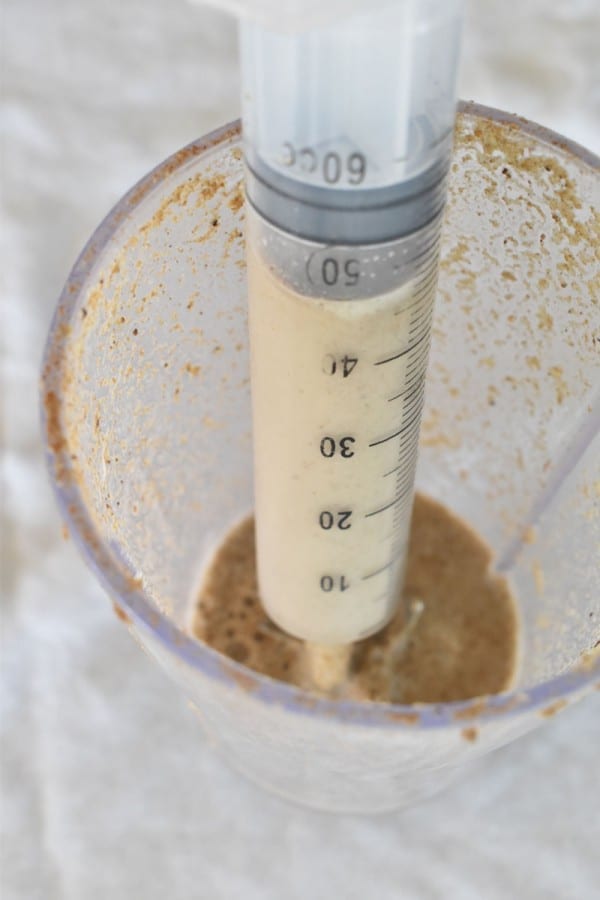
…turn the syringe right-side up, pushing out any air pockets or bubbles…
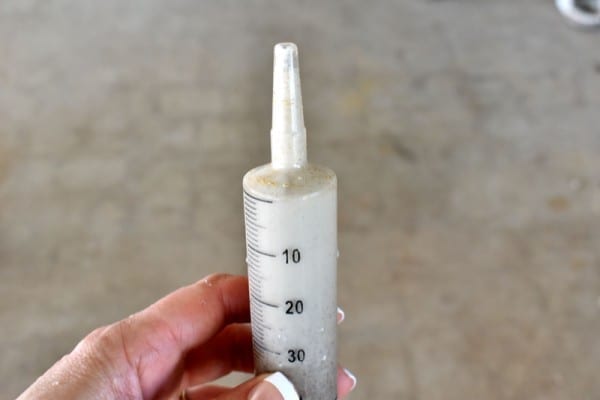
…attach the catheter tube to the tip of the syringe….
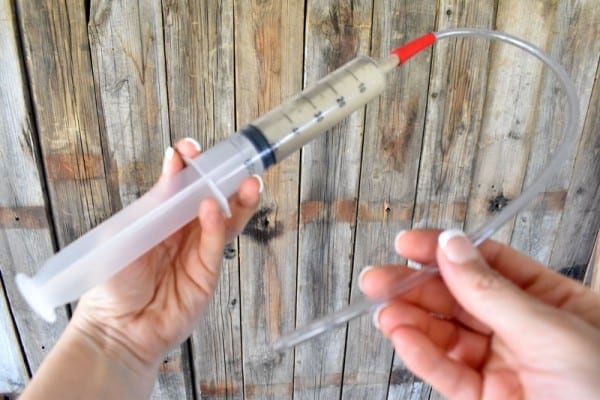
…and push out the extra formula until you hit the amount that you want to feed (In my case 40ml).
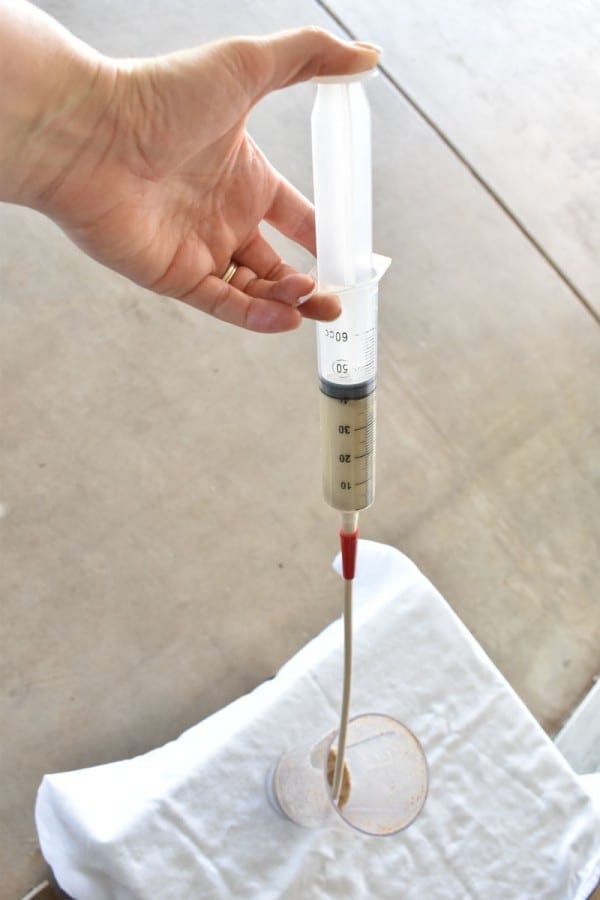
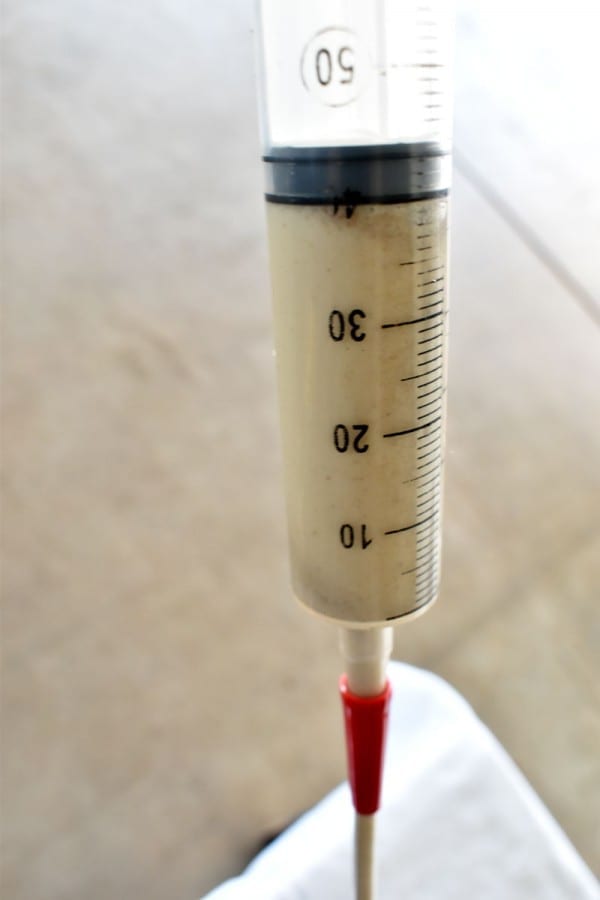
I use a little bit more cooking oil for lubing up the tube, to help it slide down my duck’s throat easier.

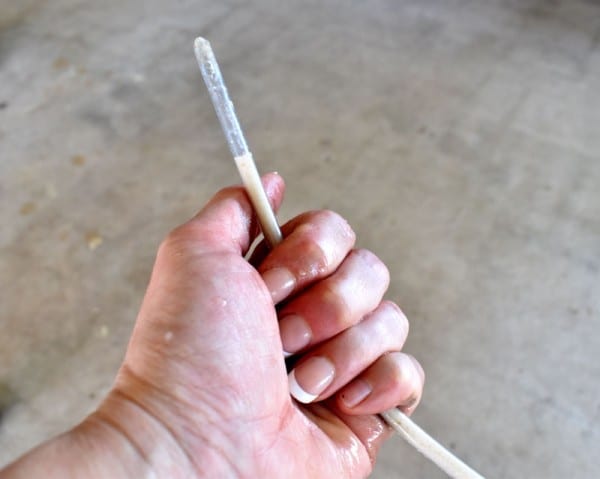
Inserting the Tube Safely:
The easiest way to tube feed your duck by yourself is to straddle them.
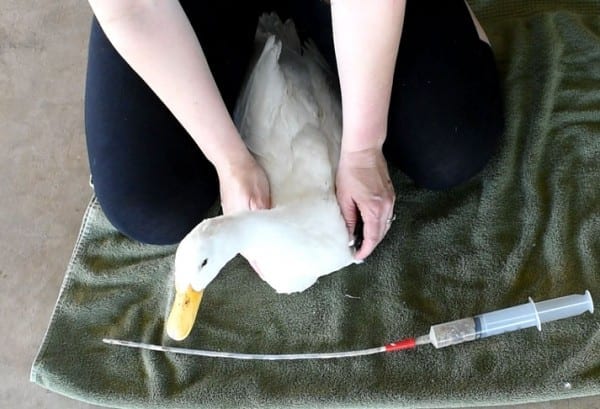
Gently (but firmly) open their bill. They will probably fight you on this, but that’s OK.
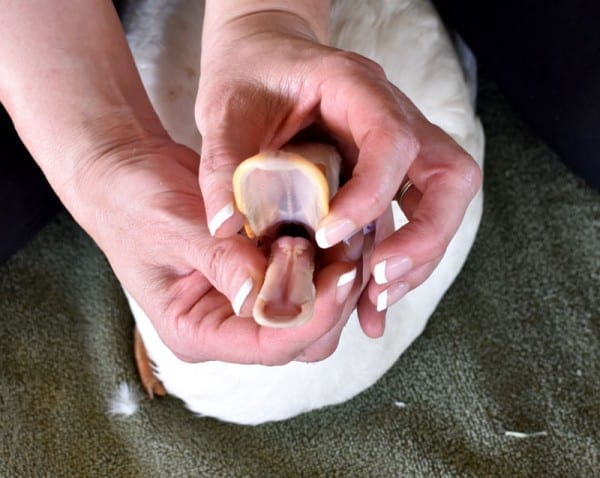
Insert the tube down the right side of your duck’s throat (Their right side, not yours! ) to avoid inserting it down the airway. I insert the tube gently until I feel it stop (about 6 inches). After I insert the tube, I watch their abdomen to make sure they are breathing normal. Also, make sure not to cover their nostrils on the top of their bill, as this is the only way they can breath. If they are not breathing, the tube is down their airway and you must reinsert.
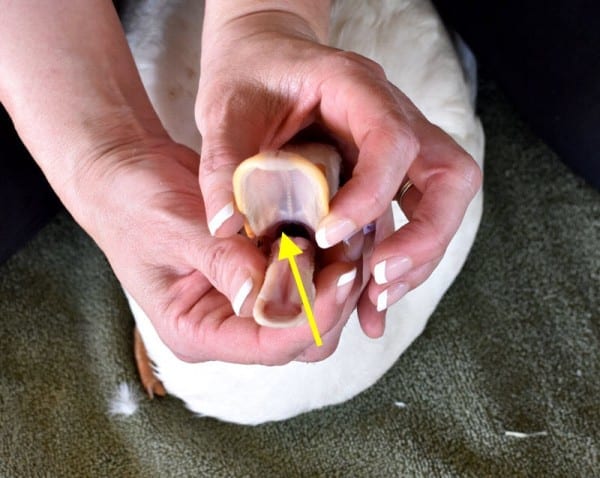
Honestly, I’ve never had trouble with inserting the tube down the wrong pipe, but there’s a first time for everything so I’m still always careful to make sure.
Here’s video I made showing how I tube fed my duck…
As you can see, my little Daisy Duck made a full recovery and is back to her happy (and sassy) little self!
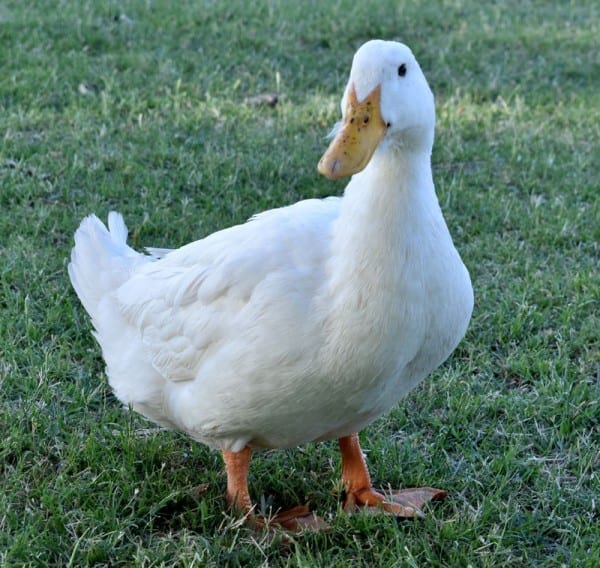
How to Tube Feed Sick Ducks
Disclaimer:
I do not guarantee the same results by following my tutorial, as what I had with my sweet Daisy since I cannot diagnose your duck’s illness, nor can I perform the treatment for you to ensure all the steps were followed exactly. You will have to proceed at your own risk as I cannot not accept responsibility for anything that might wrong.
That being said, I am glad I did what I could to save her sweet life. She is very much alive and well because I tube fed her nourishment and kept her well hydrated while she was recovering from a very serious illness. I hope this helps someone else in the same situation.
Many hugs,
Tiffany xo
Do you supply him any Grit? Can he nibble the carpet fibres? What all is he being fed?
Similar threads
New posts New threads Active threads
-
Latest threads
-
-
-
-
Pictures v slow to download since update
- Started by Perris
- Replies: 1
-
-
-
Threads with more replies in the last 15 days
-
-
I culled my first cockerel, now what?
- Started by redinator
- Replies: 120
-
*Answer These Questions The Best You Can Please *
- Started by N3mesis_IceWing_NightWing
- Replies: 107
-
-
-
×

